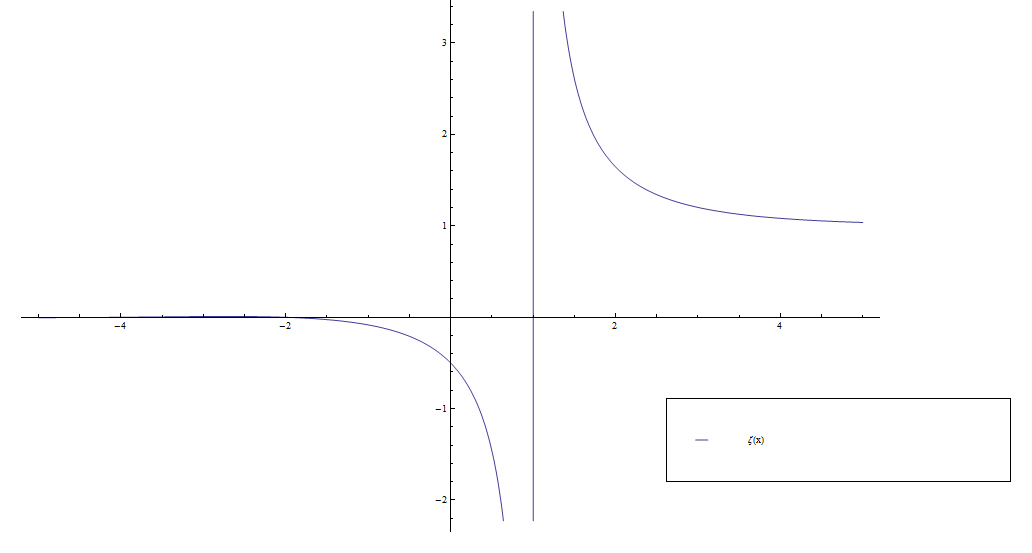Difference between revisions of "Riemann zeta"
From specialfunctionswiki
(→External links) |
|||
| Line 36: | Line 36: | ||
*[http://www.claymath.org/sites/default/files/ezeta.pdf English translation of Riemann's paper "On the number of prime numbers less than a given quantity"] | *[http://www.claymath.org/sites/default/files/ezeta.pdf English translation of Riemann's paper "On the number of prime numbers less than a given quantity"] | ||
*[http://www.uam.es/personal_pdi/ciencias/cillerue/Curso/zeta2.pdf Evaluating $\zeta(2)$] | *[http://www.uam.es/personal_pdi/ciencias/cillerue/Curso/zeta2.pdf Evaluating $\zeta(2)$] | ||
| + | *[https://www.youtube.com/watch?v=yhtcJPI6AtY The Riemann Hypothesis: How to make $1 Million Without Getting Out of Bed] | ||
Revision as of 22:00, 1 March 2015
Consider the function $\zeta$ defined by the series $$\zeta(z) = \displaystyle\sum_{n=1}^{\infty} \dfrac{1}{n^z}.$$
- Complex zeta.jpg
Domain coloring of analytic continuation of $\zeta$.
Properties
Proposition: If $\mathrm{Re} \hspace{2pt} z > 1$, then the series defining $\zeta(z)$ converges.
Proof: █
Proposition (Euler Product): $\zeta(z)=\displaystyle\sum_{n=1}^{\infty} \dfrac{1}{n^z} = \displaystyle\prod_{p \mathrm{\hspace{2pt} prime}} \dfrac{1}{1-p^{-z}}$
Proof: █
Proposition: Let $n$ be a positive integer. Then $$\zeta(2n)=(-1)^{n+1}\dfrac{B_{2n}(2\pi)^{2n}}{2(2n)!},$$ where $B_n$ denotes the Bernoulli numbers.
Proof: █
